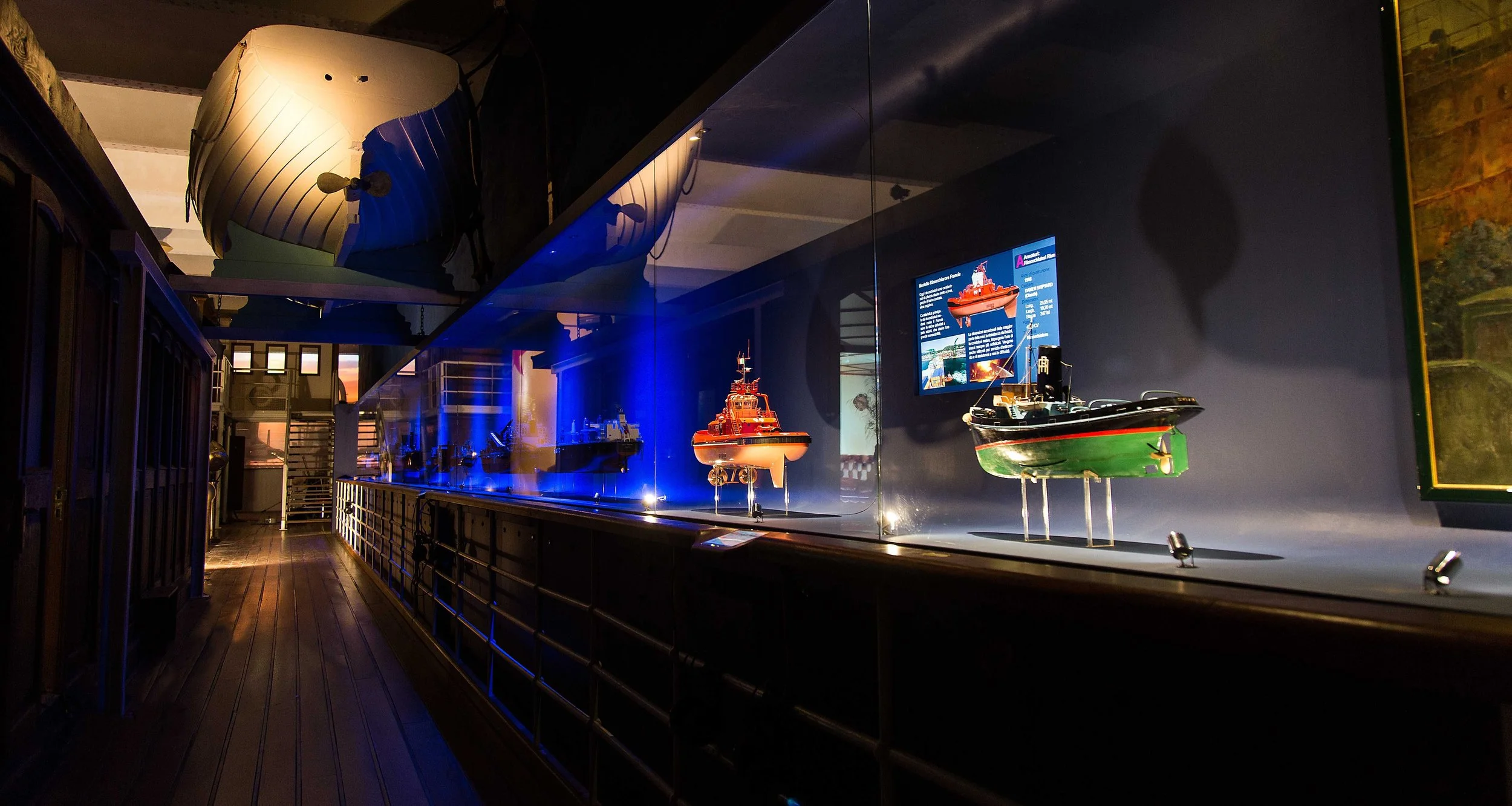MUSEUM SITES
Fascinating sites filled with incredibly rich history.
-

Palazzo Reale Museum
Palazzo Reale is a large patrician residence built, increased over time, and decorated with splendor, as well as by the Savoy in the nineteenth century, by two great Genoese dynasties: the Balbi, who built it between 1643 and 1650, and the Durazzo, who enlarged it between the end of the seventeenth century and the beginning of the following century.
Photo: Carlo Dell'Orto, CC BY-SA 4.0
-

Risorgimento Museum
Inaugurated on 5 May 1915 in Palazzo Bianco, since 1934 it has been located in the birthplace of Giuseppe Mazzini. It preserves and exhibits a rich historical and artistic heritage through which the symbolic figures of theRisorgimento revive: Giuseppe Mazzini and the republican and democratic movement, Giuseppe Garibaldi and the Red Shirts, Goffredo Mameli and the Italian anthem. The exhibition traces the historical events that led to the Unification of Italy.
Photo: Alex2015Genova, CC BY-SA 4.0
-

Modern Art Gallery GAM
The Modern Art Gallery GAM , can boast the richest public selection for the en-plein-air painting of the Scuola dei Grigi, with works by Tammar Luxoro, Alfredo D'Andrade, and Ernesto Rayper; one of the largest selections of the Divisionist work of Rubaldo Merello; two famous and imposing canvases by Plinio Nomellini; works by Giulio Monteverde and Arturo Martini with the poignant terracotta, life-size, La Convalescent.
Photo: Chiara Saffioti, CC BY-SA 4.0
-

Museum of the Sea
The space is located in the ancient Darsena, the heart of the port. In the large rooms, ships and maritime environments have been reconstructed, in which the marine evolution of the port and the city is illustrated. The Mirador terrace on the top floor of the Museum, is a crystal parallelepiped designed by architect Guillermo Vazquez Consuegra, from which you will have an amazing view of the city and the Port of Genoa.
Photo: Sala Armatori-Galata Museo del Mare
-

Strada Nuova Museums-Rolli Palaces
The Rolli system consists of over 100 noble residences, 42 of which are included in UNESCO’s World Heritage List. Authentic masterpieces range from the late Renaissance to the Baroque period. In 1576 the Republic of Genoa established an official list of prestigious palaces, obliging their owners to host, in turn, state visits. Depending on the rank of the visiting guest, a palace was chosen to host him: the higher the degree of nobility of the guest, the more sumptuous the palace that hosted him had to be.
Photo: Michel Ravassard, CC BY-SA 3.0
-

Archeological Museum
The ancient noble residence was donated to the Municipality of Genoa in 1928 by the heirs of the Pallavicini family with the obligation to use it for cultural purposes. Among the 50,000 artifacts preserved in the historic museum, it is possible to select ten testimonies of the most significant events in Ligurian history, from the great climatic changes of the Palaeolithic to the origins of Genoa, up to the rise of Rome Caput Mundi and the birth of the first Roman cities in Liguria.
Photo: Angelo G. Valle, CC BY-SA 4.0
